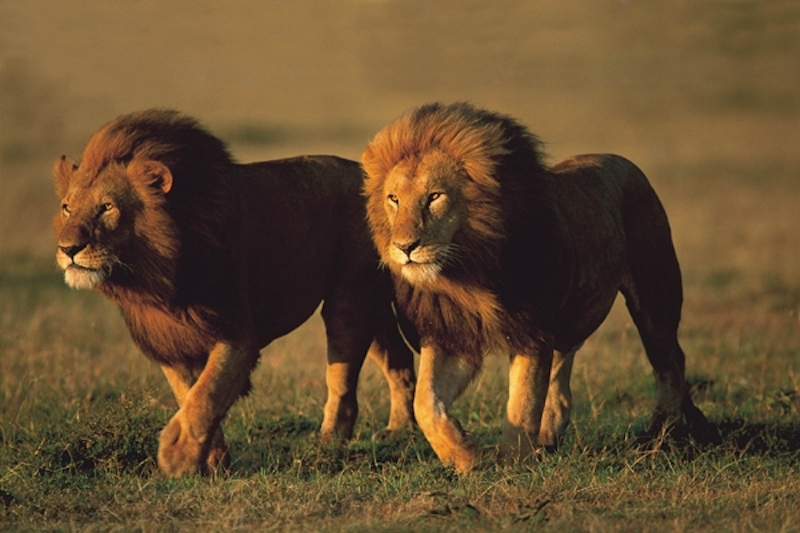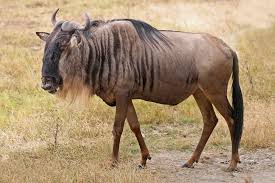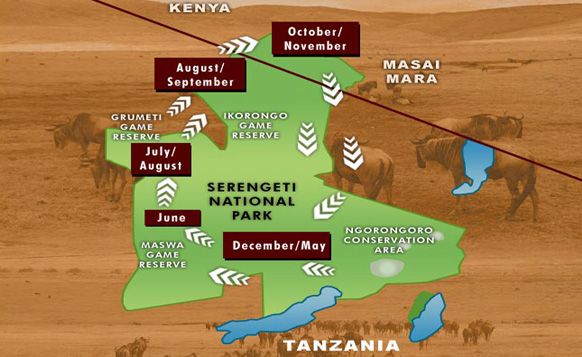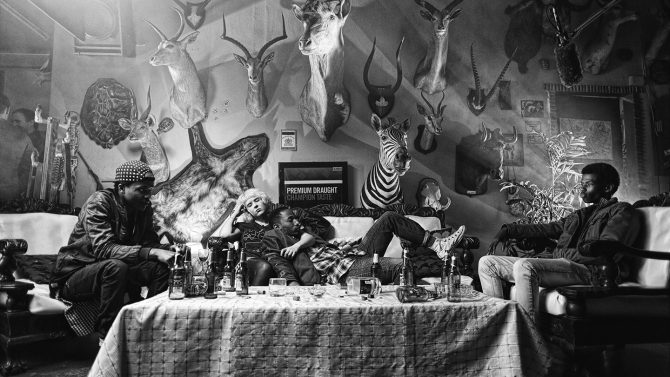Serengeti National Park is a kind of holy grail for all African safari enthusiasts. The park´s open plains are home to a fantastical array of wild species, from friendly zebra to imposing predators like leopards and lions. This is probably the greatest place in the world to witness wildlife in all its majesty and intensity. An affordable adventure compared to lesser safari experiences in other regions, a visit to the Serengeti is an opportunity to watch untouched animal life in its full force.
The green plains of the Mara/Serengeti formation are also a wonderful landscape in itself, where natural beauty combines with the thrill and excitement of unforgettable wildlife adventures.
Scenery
Most of the park´s animals can be found around the feeding grounds located in the Ndutu Plains and the Lamai Wedge (Tanzania) and Kenya´s Masai Mara. The lush green plains are traversed by beautiful ravines and rivers. The vegetation and greography of the area allow predators to find many great hiding places to lay in wait for prey.
The Serengeti-Mara Eco-System
The Serengeti hosts the world´s largest mammal migration to happen on land. Famous for its lions, the Serengeti is also home to another 70 large mammals and approximately 500 other, smaller species, such as birds and fish. The landscape of the Serengeti-Mara area presents an impressive diversity, which translate into an accompanying animal diversity. Forests, swamps, woodlands, kopjes, and river shores serve as the habitats of blue wildebeests, buffalos, gazelles, and zebras, among many other mammal species.
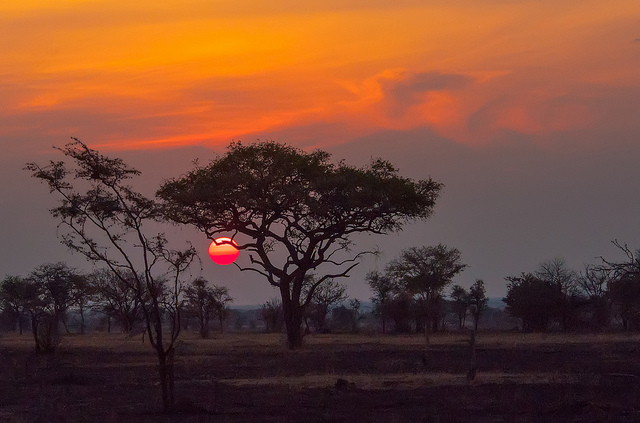
Safari Season
Tanzania´s rainy seasons, which occur around November, April, and May, are at the heart of the Serengeti´s wildlife movements and migrations. In order to survive, the animals move, and this predictable behavior makes safari planning much easier. The best times to visit the Serengeti are between July and October. This favorable period nearly coincides with the dry season, which takes place in Tanzania between late June and September. It is also possible, but less exciting, to visit from November to February, and it is much more complicated and less interesting to visit between March and May.
Serengeti Accommodation – Top-rated Camps
To witness the migration herds as they move through the great plains of the Serengeti, it is possible to stay at some of the many strategically-placed lodges located all over the area.
The Sayari Mara Camp is a great place to stay during a dry-season visit, as the herds tend to populate the area during that time. This is a great camp with excellent reviews across the board. It is neither a luxury nor an affordable option, but it is, all in all, a great value.

Alex Walker’s Serian is a great location to observe migration crossing. With a knowledgeable host, the camp offers an intense safari experience, with less emphasis on luxury and pampering.
The relatively new Lemala Kuria Hills camp in the Northern area is more affordable than the former. Thought out for people who care more about adventure than comfort, this camp will delight anyone who is serious about the safari circuit.
Located in the t the foot of the Moru Kopjes, Dunia Camp is a prime location for observing migration between March and June and from November to January. With charming rustic tents and excellent staff, it can offer wonderful experiences for the adventurous visitors who dare to tread the grounds during low season.
MIGRATION MAP OF SERENGETI
When planning a Serengeti safari, there are many things to consider. Setting goals, understanding seasonal migrations, and finding a prime location to observe them are at the top of the list. Packing smart is also important, because the weather can be tricky, and so can the Serengeti-Mara region´s terrain. The area is considered to be one of the Natural Wonders of the World for a reason. If you are serious about making the most of your experience, maybe you should consider a private safari, fully customized to fit your needs and wishes. However, if you enjoy the company or are on a budget, a group safari can be just the perfect thing. In terms of pricing, rustic accommodations can cost about $150, while a luxurious option can go as high as $700 and more. Tanzania safaris are often included in accommodation packages.
Lions image and map courtesy of itstartedinafrica.com and environmental-studies.de
